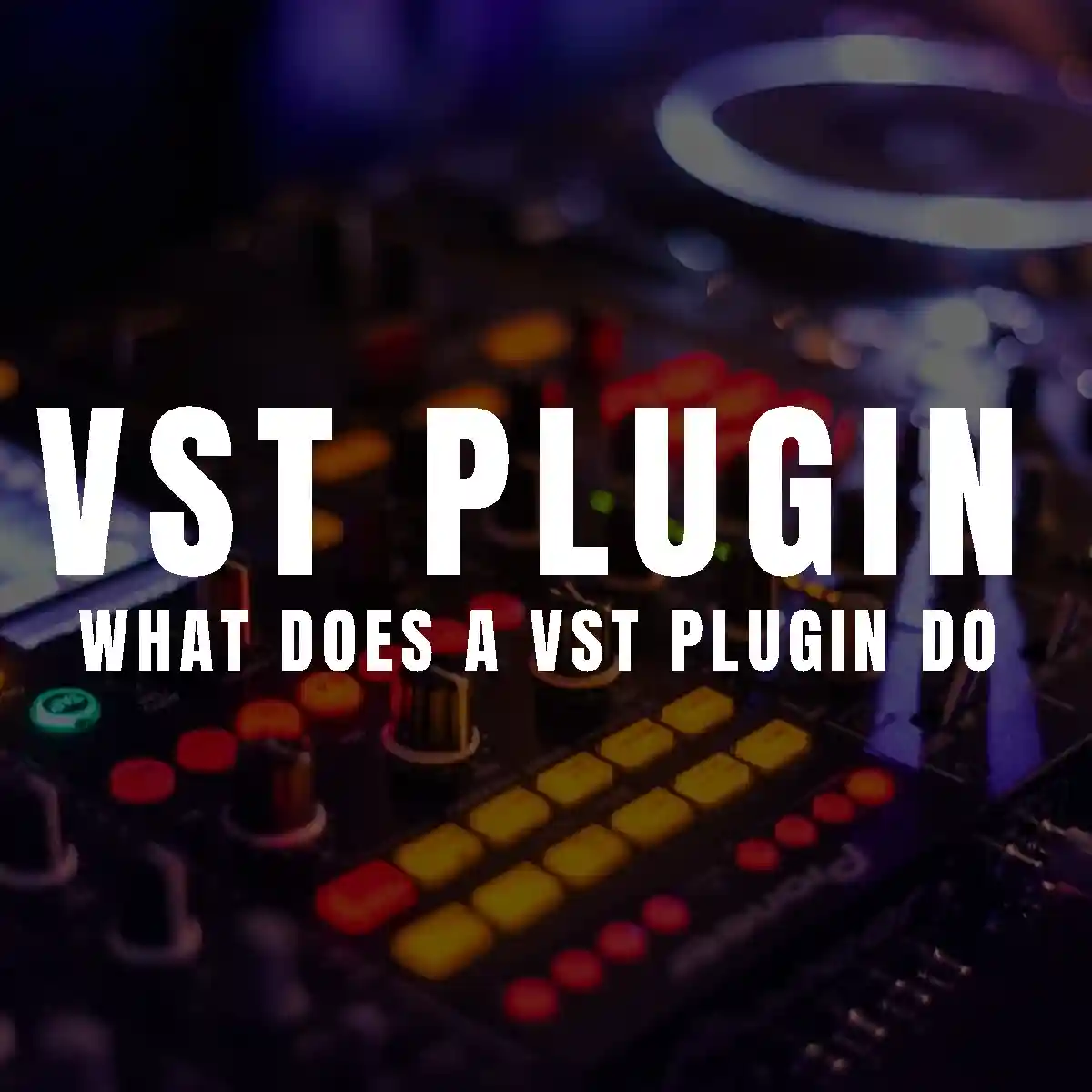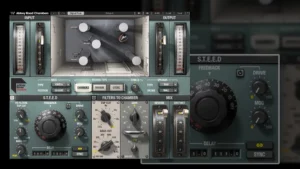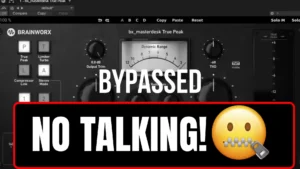
What does a VST plugin do
Table of Contents
What Does a VST Plugin Do?
Introduction to What does a VST plugin do
Virtual Studio Technology (VST) plugins are powerful tools in the world of music production, allowing musicians and producers to integrate virtual instruments and effects directly into their digital audio workstations (DAWs). Developed by Steinberg Media Technologies in 1996, VST plugins simulate the hardware used in traditional recording studios, making it easier to create high-quality music using only software.
How VST Plugins Work
VST plugins operate within a DAW, acting as either virtual instruments (VSTi) or effects processors (VSTfx). These plugins use digital signal processing (DSP) to generate or manipulate audio. Virtual instruments can emulate everything from synthesizers to drum machines, while effects plugins can add reverb, delay, or other audio enhancements.
VST plugins can receive MIDI data, allowing them to respond to musical notes or control signals, which can be manipulated to create complex and dynamic soundscapes. The DAW serves as the host, managing how these plugins interact with the audio and with each other.
Types of VST Plugins What does a VST plugin do
There are three main types of VST plugins:
- VST Instruments (VSTi): These plugins generate audio and are typically used to simulate traditional instruments like pianos, synthesizers, and drums. They receive MIDI data and convert it into digital audio.
- VST Effects (VSTfx): VST effects modify audio that is already generated. These can include reverbs, delays, compressors, and equalizers. Effects can be chained together to create complex processing chains.
- VST MIDI Effects: These plugins process MIDI data rather than audio. They can be used to create arpeggios, transpose notes, or generate other MIDI effects.
The Evolution of VST Plugins – What does a VST plugin do
Since their introduction, VST plugins have evolved significantly. Early versions were limited in functionality, but with the release of VST 2.0 in 1999, plugins gained the ability to receive MIDI data, allowing for the creation of more sophisticated virtual instruments. Subsequent updates brought 64-bit audio processing, enhanced MIDI support, and better integration with DAWs.
VST 3, released in 2008, introduced features like multiple MIDI inputs/outputs and better audio input handling for VST instruments. This version also improved efficiency and flexibility, allowing for more complex and expressive musical performances.
VST Hosts and Compatibility
VST plugins require a host application to function, which can be a DAW like Cubase, Ableton Live, or Logic Pro. Some standalone VST hosts are optimized for live performance, offering fast configuration switching and low latency.
Compatibility has also been expanded over the years. While VST was originally designed for Windows and macOS, later versions have seen support for Linux, broadening the platform’s accessibility.
The Importance of Presets in VST Plugins
VST plugins often come with presets, which are predefined settings that help users quickly access specific sounds or effects. These presets can be stored in various formats, allowing for easy recall and sharing between projects or users.
Competing Technologies What does a VST plugin do
While VST remains a dominant standard, it faces competition from other audio plugin formats like Apple’s Audio Units, Avid’s AAX (used in Pro Tools), and open-source alternatives like LV2 and CLever Audio Plug-in (CLAP). Each of these technologies has its own strengths and areas of application, but VST continues to be widely supported and used across the music production industry.
Conclusion
VST plugins have revolutionized music production by making professional-grade instruments and effects accessible to anyone with a computer. Whether you’re creating electronic music, recording a band, or experimenting with sound design, VST plugins offer a versatile and powerful set of tools to bring your musical ideas to life.
FAQ
1. What is a VST plugin?
A VST plugin is a software tool that simulates audio instruments and effects within a digital audio workstation (DAW).
2. How do VST plugins work?
VST plugins use digital signal processing to generate or manipulate audio. They operate within a DAW, receiving and processing MIDI data to create sound.
3. What types of VST plugins are there?
There are three main types: VST Instruments (VSTi) for generating audio, VST Effects (VSTfx) for processing audio, and VST MIDI Effects for manipulating MIDI data.
4. Can VST plugins work on any computer?
VST plugins are compatible with various operating systems, including Windows, macOS, and Linux, but they require a VST-compatible host application to function.
5. What are some alternatives to VST plugins?
Alternatives include Apple’s Audio Units, Avid’s AAX, and open-source formats like LV2 and CLAP.Plugins can be purchased from platforms like Splice or Plugin Boutique. Many plugins are available for free, allowing beginners to experiment without a financial commitment.Where can I find plugins?
Plugins can be purchased from platforms like Splice or Plugin Boutique. Many plugins are available for free, allowing beginners to experiment without a financial commitment.The free Autotune VST plugins of 2024 provide powerful tools for achieving professional-quality vocal tuning and creative effects in your music production. Explore these plugins to enhance your vocal recordings and experiment with new sounds without financial constraints.
Find My Labels | findmylabels.com – SM Mastering | smmastering.com










